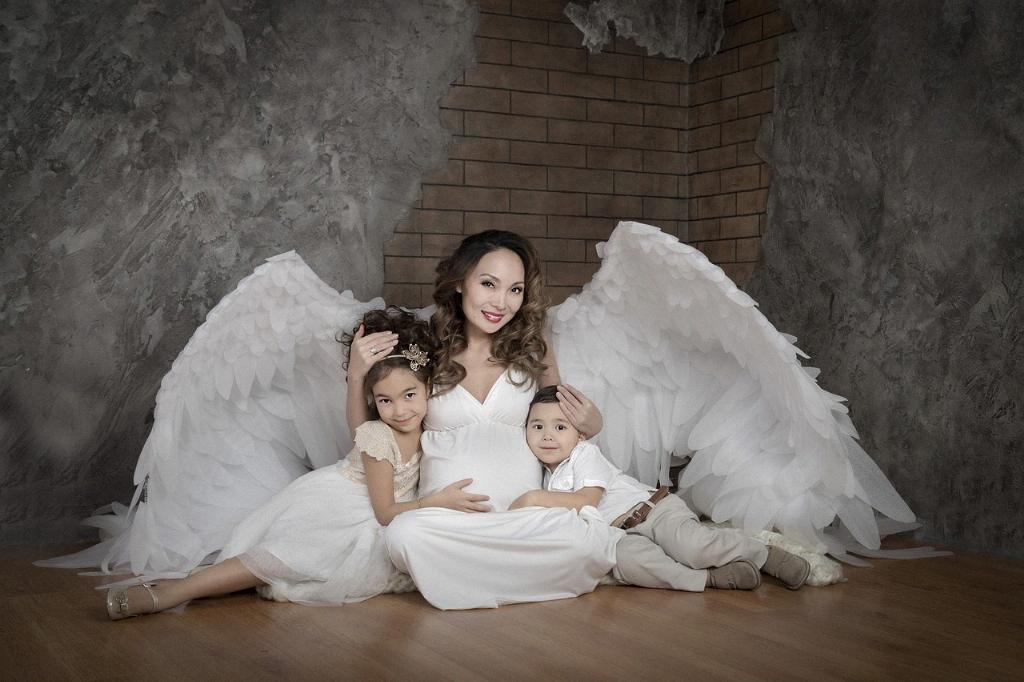One of the common concerns for individuals who have had a C-section and experienced preeclampsia during pregnancy is how long this condition may persist after the delivery. Understandably, the recovery process following a C-section can be challenging, and having preeclampsia can further complicate matters. To address this question effectively, we must delve into the postpartum period and the potential duration of preeclampsia symptoms.
It is essential to recognize that the signs and symptoms of preeclampsia typically diminish within approximately six weeks after delivery. This six-week timeframe is crucial for monitoring any lingering effects of the condition and ensuring proper recovery. During this postpartum period, close medical supervision and follow-up appointments are necessary to track your health progress and address any persistent issues.
Despite the general timeline for the resolution of preeclampsia symptoms, it is vital to note that some individuals may experience a worsening of high blood pressure in the initial days following delivery. This occurrence underscores the importance of continued medical monitoring and the need for immediate attention if any concerning symptoms arise post-C-section.
Even after the six-week mark, individuals are still at risk for preeclampsia. This extended risk period emphasizes the need for ongoing vigilance and care in the weeks following a C-section. It is essential to remain proactive about your health during this time and promptly report any symptoms or concerns to your healthcare provider.
Postpartum preeclampsia, a form of preeclampsia that occurs after delivery, carries a heightened risk of complications, including a higher risk of death. This serious implication necessitates thorough monitoring and management during the post-C-section recovery period to safeguard both maternal and infant well-being.
Given the potential risks associated with postpartum preeclampsia, it is crucial for individuals who have had a C-section to prioritize their health and seek prompt medical attention if they experience any symptoms indicative of preeclampsia. Timely intervention and consistent monitoring are key components of managing preeclampsia effectively post-delivery.
While the precise duration of preeclampsia after a C-section may vary among individuals, the overarching goal remains the same: ensuring a safe and healthy recovery following childbirth. By staying proactive, attending follow-up appointments, and communicating openly with healthcare providers, individuals can navigate the postpartum period with the necessary support and guidance to address any lingering effects of preeclampsia.
It is important to highlight that the six-week postpartum period serves as a critical window for monitoring preeclampsia symptoms and addressing any ongoing health concerns. This period of heightened vigilance enables healthcare providers to track your progress, intervene if necessary, and provide targeted care to support your recovery after a C-section.
Individuals who have undergone a C-section and experienced preeclampsia should prioritize self-care during the postpartum period and be mindful of any changes in their health status. Understanding the potential duration of preeclampsia after delivery empowers individuals to advocate for their well-being and seek timely medical attention if needed.
In conclusion, the duration of preeclampsia after a C-section is a multifaceted aspect of postpartum care that warrants careful attention and proactive management. By staying informed, actively engaging with healthcare providers, and prioritizing self-care, individuals can navigate the post-C-section recovery process with greater confidence and ensure optimal health outcomes following preeclampsia.

